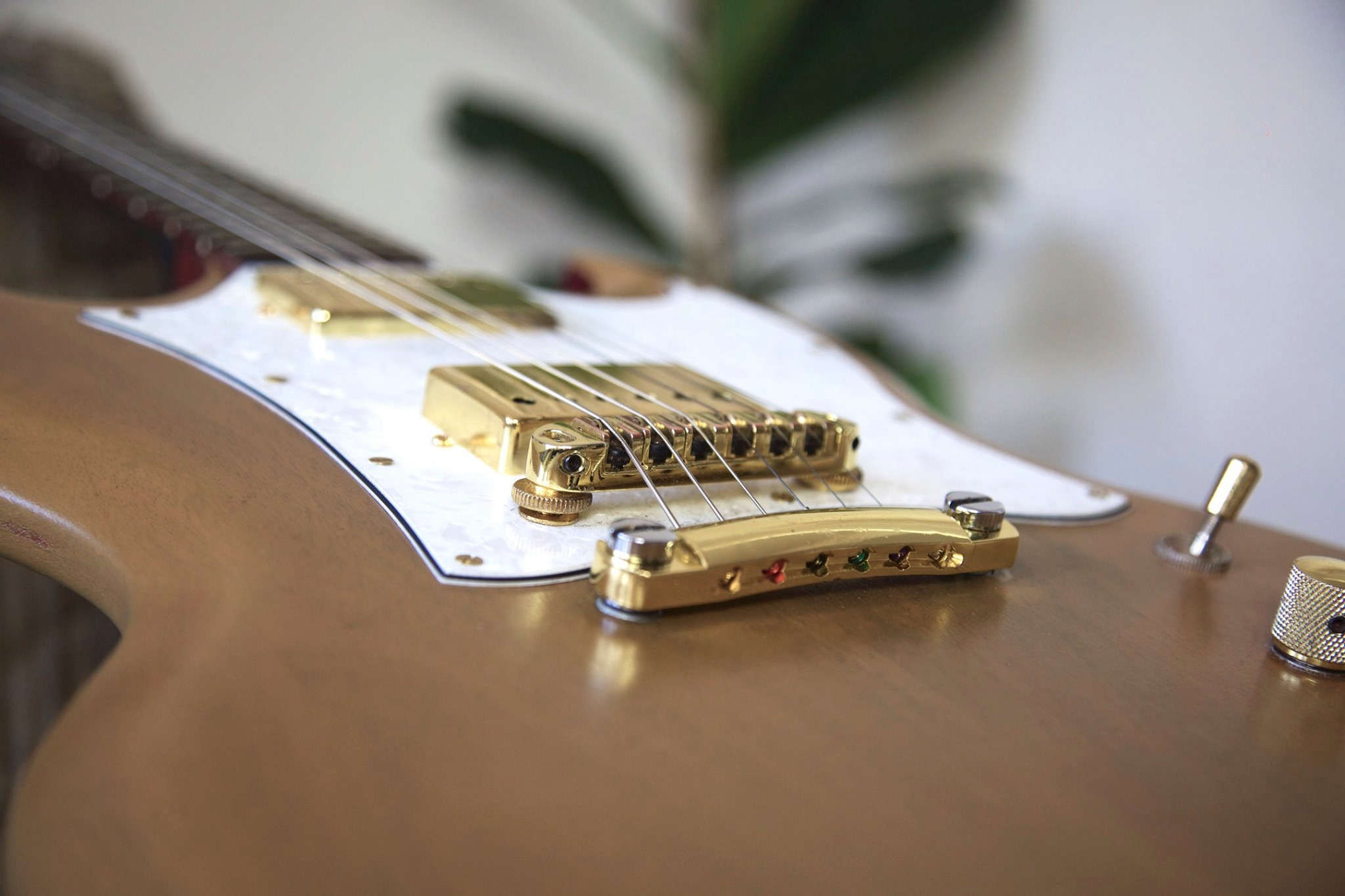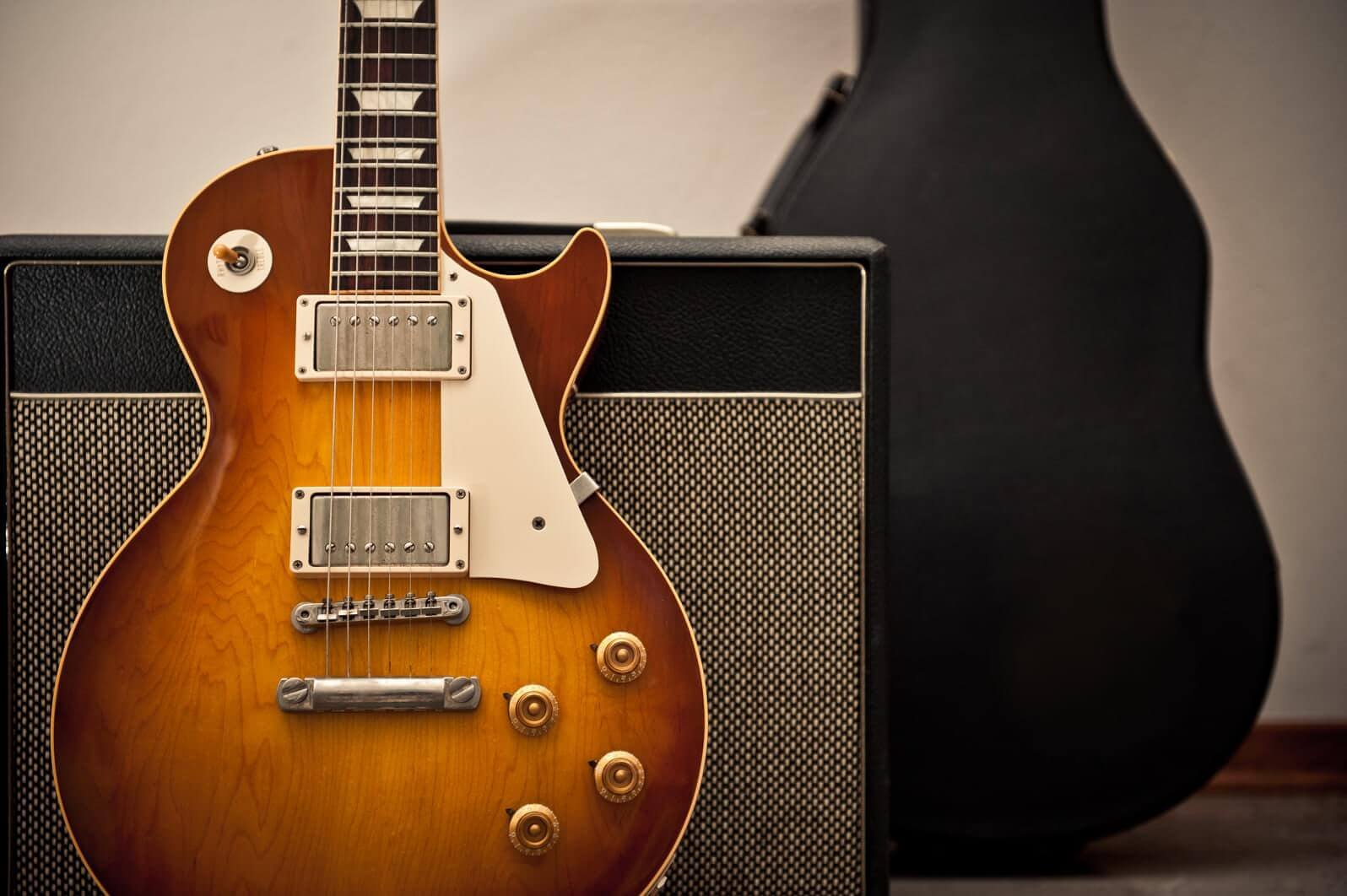
The turnaround
The turnaround
The turnaround, a pivotal component of blues and jazz, is a musical device that provides resolution and leads the listener back to the beginning of a chord progression. Essential for crafting compelling solos, mastering turnaround techniques is a cornerstone of proficient blues and jazz guitar playing. In this technical article, we’ll delve into the significance of turnarounds and explore various approaches to elevate your soloing.
Blues turnaround on guitar
1. Understanding the Turnaround: The turnaround serves as a transition between the end of a chord progression and its return to the start. In blues, it typically occurs in the last two bars of a 12-bar structure. In jazz, turnarounds can be more intricate and varied, depending on the tune and style.
2. Classic Blues Turnaround: A fundamental blues turnaround often involves the I-IV-I-V chords in a short progression. For instance, in the key of A, a common turnaround would be A7 – D7 – A7 – E7. Experiment with different voicings and rhythmic variations to add flavor to this classic approach.
3. Jazz Turnaround Progressions: Jazz turnarounds are more diverse, ranging from simple ii-V progressions to more complex substitutions. Understanding chord substitutions and extensions is crucial. For instance, in the key of C, a jazz turnaround might incorporate Dm7b5 – G7 – Cmaj7, leading smoothly back to the beginning.
4. Blues Turnaround Licks: Develop a repertoire of turnaround-specific licks. These melodic phrases can be seamlessly integrated into your solos. Emphasize target notes on strong beats and experiment with rhythmic variations to create engaging and memorable licks.
5. Chromatic Approaches: Employ chromaticism to add tension and release in your turnarounds. Slide into or out of chord tones, introducing chromatic passing tones between chords. This technique creates a smooth and sophisticated transition, enhancing the overall impact of your solo.
6. Rhythmic Variation: Experiment with different rhythmic patterns within the turnaround. Syncopation, staccato accents, and pauses can inject a dynamic feel, making your solo more interesting and engaging. Explore how rhythmic diversity contributes to the overall groove of the turnaround.
7. Combining Scales and Arpeggios: Blend scales and arpeggios to navigate turnarounds seamlessly. Mix major and minor pentatonic scales with arpeggios of the underlying chords. This integration enhances melodic possibilities, allowing you to craft expressive and harmonically rich solos.
8. Targeting Chord Tones: Focus on targeting chord tones on strong beats during the turnaround. This emphasizes the harmonic structure and reinforces the resolution. Experiment with different approaches to highlighting these crucial tones for a polished and intentional sound.
9. Dynamic Expression: Vary your dynamic expression during the turnaround. Build tension as you approach the resolution and release it as you resolve back to the initial chord. Utilize techniques such as volume swells, bends, and vibrato to add emotion and character to your playing.
10. Transcribe and Analyze: Study recordings of blues and jazz legends to observe how they approach turnarounds. Transcribe solos and analyze the nuances of their turnaround techniques. Incorporate elements that resonate with you into your own playing.
Mastering the art of the turnaround is essential for any guitarist looking to excel in blues and jazz. By understanding the theory, exploring various progressions and techniques, and incorporating your unique voice, you can elevate your solos and captivate audiences with the expressive power of a well-crafted turnaround.
Elevate your jam session
Elevate your jam session to new heights by infusing a touch of sophistication with jazz-inflected blues turnaround ideas on the guitar. Combining the soulful essence of blues with the intricate harmonies of jazz can add a classy dimension to your playing. In this technical guitar article, we’ll explore creative and refined approaches to jazz-influenced blues turnarounds that will undoubtedly impress your fellow musicians.
1. Extended Chords: Incorporate extended chords such as dominant 9th and 13th chords into your turnarounds. In a classic 12-bar blues turnaround, try substituting a regular dominant 7th chord with a dominant 13th (e.g., replace E7 with E13). This adds a jazzy flavor and introduces richer harmonic content.
2. ii-V Progressions: Implement ii-V progressions within the turnaround. For example, instead of a simple V-IV-I turnaround, try a ii-V-I progression in the last two bars. In the key of G, this could be Am7 – D7 – Gmaj7, providing a smoother and more sophisticated resolution.
3. Diminished Chords: Introduce diminished chords to create tension and release. For instance, insert a diminished 7th chord before resolving to the tonic. In the key of A, a turnaround might include A7 – Adim7 – Dm7 – A7, offering a unique twist with a diminished passing chord.
4. Altered Dominants: Experiment with altered dominant chords to add harmonic complexity. Replace standard dominant chords with altered versions. For instance, instead of a regular E7, play an E7#9 or E7b9. These alterations introduce tension and contribute to a more sophisticated sound.
5. Modal Turnarounds: Explore modal interchange by incorporating chords from parallel modes. Use chords derived from the Dorian or Mixolydian modes to introduce fresh harmonic colors. This can create a modal turnaround that departs from traditional blues progressions.
6. Walking Bass Lines: Enhance your turnarounds with walking bass lines. Play descending or ascending bass lines that connect the chords in the turnaround. This walking bass approach provides a fluid and cohesive transition, reminiscent of jazz walking bass lines.
7. Tritone Substitutions: Employ tritone substitutions to add harmonic interest. Substitute the V7 chord with a dominant 7th chord built on the tritone of the original. In the key of G, replace D7 with Ab7 for a surprising and sophisticated twist in your turnaround.
8. Chromatic Approach: Use chromaticism to connect chords smoothly. Slide into chord tones or incorporate chromatic passing chords between the primary chords of the turnaround. This technique adds a touch of jazz sophistication while maintaining a bluesy feel.
9. Jazz Blues Progression: Adopt a jazz blues progression for the turnaround. This often involves more chord changes, extended chords, and variations in the harmonic structure. Explore progressions like the “Rhythm Changes” for a challenging yet rewarding jazz-infused turnaround.
10. Double Stops and Arpeggios: Integrate double stops and arpeggios into your turnaround phrases. Use these techniques to highlight the chord tones and add melodic interest. Experiment with different voicings to create a tasteful blend of blues and jazz elements.
Incorporating these jazz-inflected blues turnaround ideas into your guitar playing will not only showcase your technical prowess but also infuse your jam sessions with a classy and sophisticated vibe. Experiment with these concepts, find your own voice within the fusion of genres, and watch as your jam sessions take on a whole new level of musical elegance.







